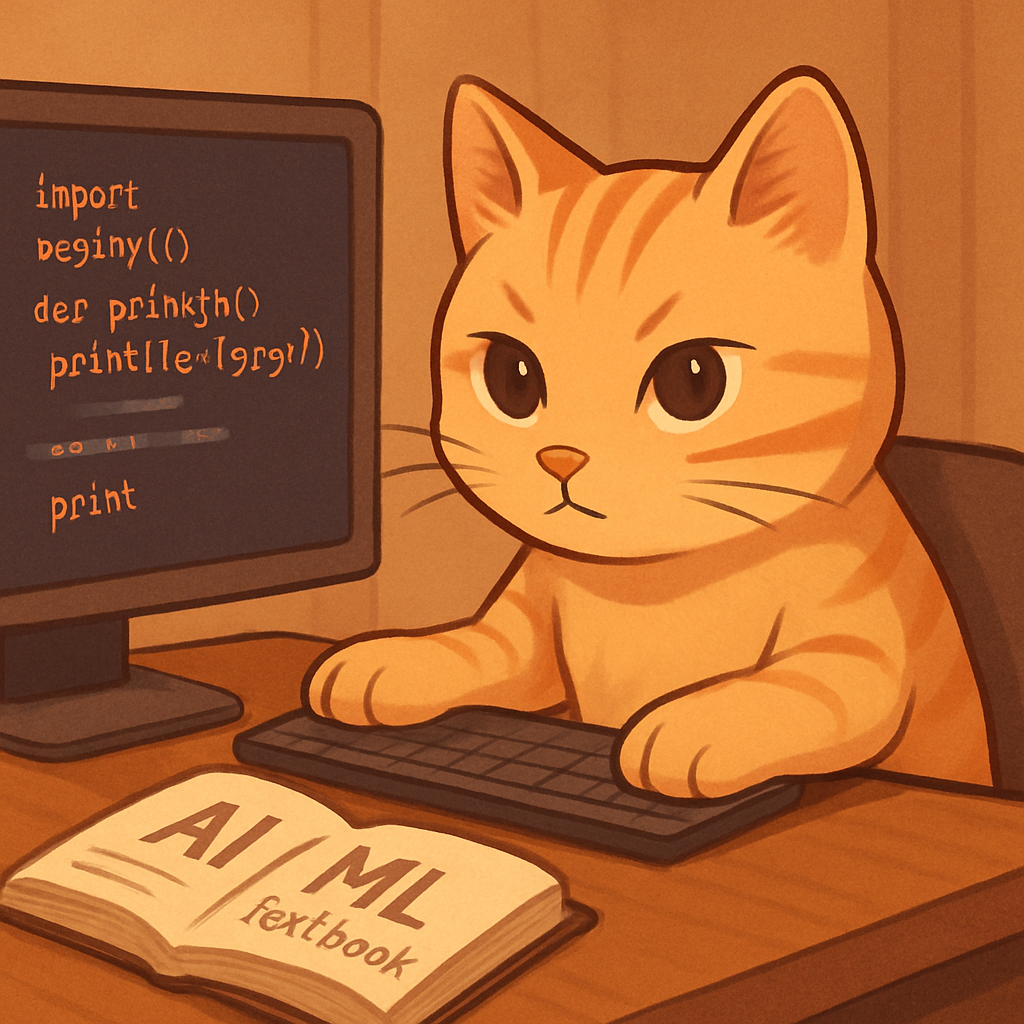Deeper SQL Practice: Subqueries, Functions, Joins, and Mistakes I Learned From
Introduction
Today was one of my most hands-on SQL days. I didn’t just write SELECT * FROM table — I used subqueries, made mistakes with joins, applied string functions, created tables from queries, and tested real business-style logic.
This post summarizes what I learned by asking questions, writing SQL, and breaking things until they made sense.
EXISTS, ANY, ALL, IN: What’s the Difference?
I asked:
“What’s the actual difference between
EXISTS,ANY,ALL, andIN?”
Here’s what I learned:
EXISTS: As soon as it finds a match, it stops. Efficient for large subqueries. It only checks whether a result exists, not the result itself.ANY: Compares a value to any of the subquery results — like a series ofOR.ALL: Returns true only if all comparisons are true — like a series ofAND.IN: Equivalent to many=checks. Simple but less flexible thanANY.
SQL Functions and Data Shaping
I practiced using built-in SQL functions to reshape data:
SELECT now();
SELECT substr("2025-05-20", 1, 4) AS year;
SELECT concat(address, " ", city) AS full_address FROM customers;
TRIM(),LTRIM(),RTRIM(): Cleaning whitespaceSUBSTR(): Splitting dates or fieldsCEIL()/FLOOR(): Rounding numbersDATEDIFF()/ADDDATE(): Working with dates
These weren’t just for show — I saw how they help clean up reports and calculate actual values like time difference or full address strings.
Creating Tables from Queries
I learned:
CREATE TABLE emp2 AS SELECT * FROM emp;
- You can create a new table from an existing one (without copying constraints).
- To copy just structure:
WHERE 1=0. - You can also copy only filtered subsets:
CREATE TABLE emp4 AS
SELECT empno, ename, sal
FROM emp WHERE deptno IN (10, 20);
This helped me understand how SQL is also a data engineering tool, not just for querying.
Realistic JOIN Challenges
I worked on this query:
SELECT customername, productname, price * quantity AS totalPrice
FROM customers
LEFT JOIN orders USING (customerID)
LEFT JOIN order_details USING (orderID)
LEFT JOIN products USING (productID);
Mistake I made: I accidentally did ON d.productID = d.productID instead of joining c.productID = d.productID.
Fix: Use USING(productID) or a proper ON clause.
Key Questions I Asked
- “Why does
EXISTSperform better than checking full subquery results?” - “How can I copy a table’s structure but not its data?”
- “How do I write a join query that multiplies price and quantity?”
- “Why is
LIKE 'Findland%'not returning any rows? (typo!)”
What I Learned
- Functions are essential for formatting output.
- Joins are powerful — and also easy to mess up.
- Subqueries and derived tables are key for modular SQL.
- Making a mistake teaches more than reading the manual.
What I Want to Do Next
- Practice
EXISTSin nested queries with early exits - Clean and format customer reports using
TRIM,SUBSTR,CONCAT - Get comfortable creating and dropping temporary summary tables
- Start working with views to package recurring logic
SQL is not just a query tool — it’s a full data thinking environment.
Today’s session made me appreciate how powerful it can be when I use it like a real language, not just a cheat sheet.
